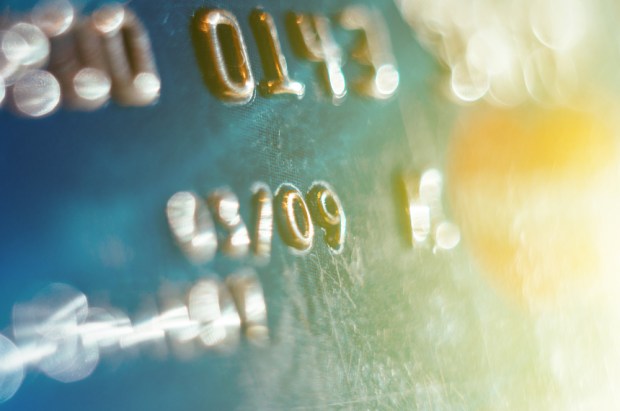Why Incremental Card Adoption Is Enough For Better Cash Management

Accounts payable company MineralTree just gave a big show of support for commercial cards when it announced this week it is partnering with American Express (Amex) to offer companies an integrated platform to support supplier payments via virtual commercial card.
But cards are a rarity in B2B payments, and even rarer in accounts payable (AP) compared with other segments of the space like corporate travel. A report released by the Federal Reserve last month revealed news that checks and ACH surpassed use of credit and debit cards among business payers, while separate data from NACHA released in June found cards make up just 11 percent of all B2B payments.
According to MineralTree CEO BC Krishna, there are a lot of benefits to using cards that some companies, both buyers and suppliers, may not be realizing — especially in the middle market.
“Accounts payable is a basic, every day function, but the processes followed by the middle market tend to be incredibly manual, paper-based, ad hoc processes,” he recently told PYMNTS. “The vast majority of payments are still made by paper check.”
With the mid-market hyper-focused on growth, these businesses need to implement better payment controls, the executive said. With credit cards, corporate buyers don’t have to worry about whether a check will get mailed to the right place. The payment rail can offer greater control over the timeline of a payments and cash flow, while cards also offer businesses the opportunity to take advantage of the typical 30-day cash extension, as well as benefits like rewards from the card companies.
Controls around payment fraud additionally provide another incentive for businesses to pay with cards, Krishna added.
“We all know checks still present the largest source of fraud in the country,” he said. “And for all the noise you hear in the industry about card fraud, anti-fraud processes are a lot more controlled.”
All of this combined presents a compelling opportunity for commercial cards, especially virtual cards, in accounts payable (AP), the executive added.
But the hurdle of card adoption persists. Supplier acceptance of cards, for one, remains low.
“Indeed, the majority of suppliers do not accept cards, and we shouldn’t expect that suddenly the vast majority of suppliers will become card-accepting merchants,” he said.
The model by which card payments are made, too, as push payments, doesn’t align well with B2B payments, either, BC Krishna explained.
But the partnership with Amex isn’t intended to force suppliers to begin accepting cards.
“If a supplier doesn’t accept cards, there needs to be a delicate process to reach out to the suppliers and ask, very gently, whether or not they will accept a card from a particular buyer,” he said, adding that working with a name like American Express can drive card adoption with businesses already trusting, and often times working with, the brand.
B2B payments today, in the U.S., especially, are about mixing payment rails, Krishna continued.
“We have five different payment rails and each has its advantages and disadvantages,” he said. “Suppliers will tend to want to use a payment rail that is situationally accurate. Maybe you’re not willing to pay the wire transfer fees for every payment. Maybe you’re not willing to give up your account information to accept an ACH transfer with one particular customer. Maybe you’re not a merchant.”
The U.S. payments market doesn’t force businesses to use one particular payment rail, so companies have the choice. Commercial cards, and virtual cards specifically, have their place in B2B transactions, Krishna said, thanks to their cash flow management advantages for buyers and suppliers, their security, and remittance data capabilities. And while cards remain accountable for only a fraction of overall B2B payments volume, that’s all a company needs to realize their benefits, he said.
“We’re not trying to drive the vast majority of B2B payments on cards,” Krishna said. “What we’re saying is if you are able to have an impact on just 10 percent of payments, use cards for just 10 percent of payments, it’s a massive benefit.
“There isn’t an expectation that we’re going to convert all check payments to cards — far from it,” he continued. “What we’re saying is an incremental, modest change can have a massive impact on cash flow.”
